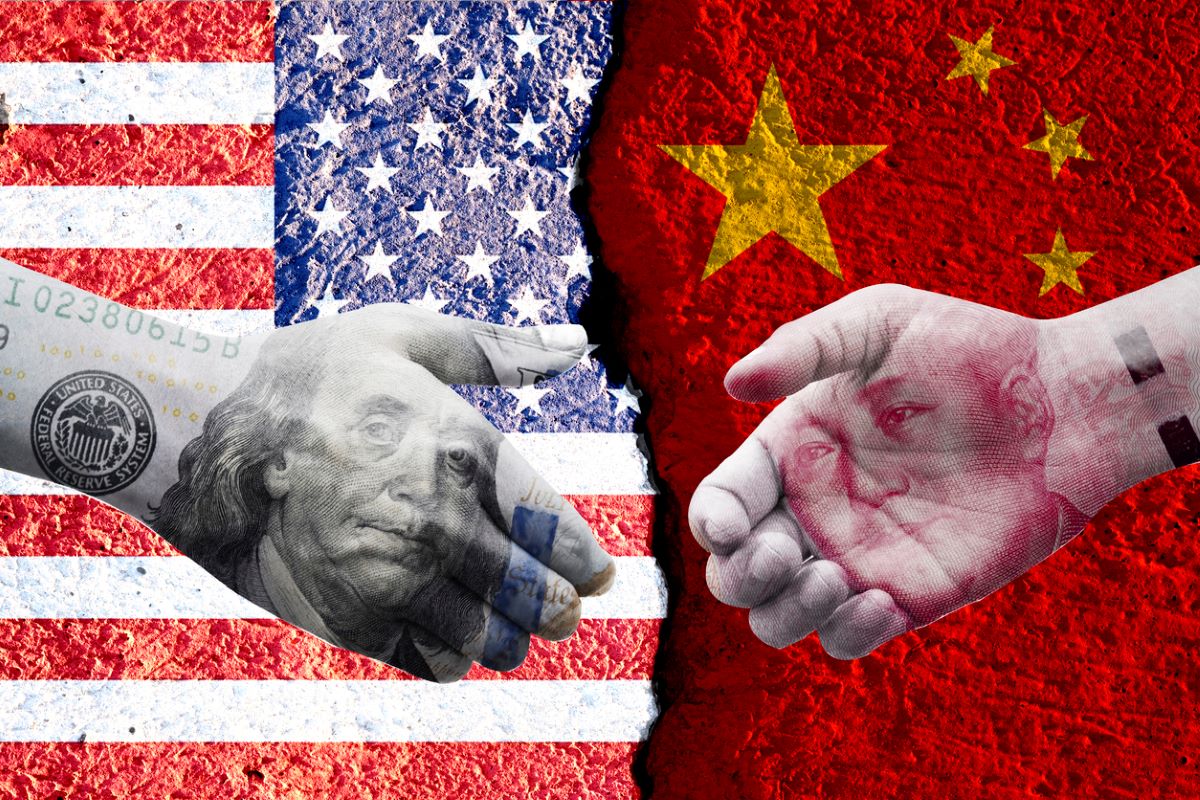UP govt bans heaters and blowers to ensure fire safety at Mahakumbh 2025
The Uttar Pradesh government has introduced stringent measures to ensure a safe, fire-free Mahakumbh 2025.
The logic behind such a policy stance is two-fold. First, it recognises that a multipolar world order as opposed to a bipolar Cold War two-bloc system is the way the geopolitical cards have fallen.

representational image (iStock photo)
China’s march towards becoming the dominant power in Asia and the pacing challenge for the global hegemon of the post-World War II era, America, continues apace. It is in this context that Washington has pivoted rapidly to power projection in the Indo-Pacific but, unlike in the past, the American establishment is also reaching out to nations it sees as allies in Asia to do some of the heavy lifting.
The logic behind such a policy stance is two-fold. First, it recognises that a multipolar world order as opposed to a bipolar Cold War two-bloc system is the way the geopolitical cards have fallen. Secondly, an illiberal ‘Sinosphere’ on the Asian continent would not be in the interests of major democracies in the region either. America’s own concern, point out Brookings Institute Fellows Ryan Hass, Bruce Jones, and Mireya Solís, is that China’s dominance would allow Beijing to curtail US access to Asia which is likely to be the engine of the global economy in the 21st century, thereby diminishing America’s long-term competitiveness.
An integrated and intricate web of strategies is thus being employed by the USA in its policy approach towards Asia through a combination of partnerships, alliances, issue-specific groupings, and formalised structures as some countries in Asia have begun to hedge against risks from putative Chinese hegemony. There is, however, a perception in other parts of Asia that the USA is “failing to meet the moment”.
Advertisement
This assessment is most pronounced on trade issues, say the experts, where America finds itself on the outside of the region’s two main trade agreements, the Regional Comprehensive Economic Partnership (RCEP) and the Comprehensive and Progressive Agreement for Trans-Pacific Partnership (CPTPP). The authors have thus, based on the inputs of 10 leading scholars on the region, come up with recommendations for Washington’s Asia policy in the economic, diplomatic, and security domains if the USA expects to sustain a favourable balance of power.
These include: (a) Going easy on efforts to frame great power competition in existential and/or ideological terms ~ as a battle between democracies versus autocracies, for example ~ which only undermines America’s appeal in Asia; (b) Advancing a positive agenda that generates shared economic growth, durable security, and tangible benefits to the livelihoods of people in the region in addition to strengthening the US’ deterrent posture in Asia; (c) Calibrating the US’ shift in its economic policy emphasis from promoting free trade to pursuing partnerships around specific issues such as supply chain resiliency and protection of sensitive technology if Washington does not want to be perceived as overdoing its defensive antiChina measures and underdelivering on an affirmative strategy to promote shared economic growth; (d) Focussing on protecting and promoting the central role of the US dollar, distributing in a more equitable manner the benefits of America’s technological strengths, and leading the Western effort to address developing country debt and (e) Understanding and more importantly acting on the principle that coalitions are the key on security worries regarding China because Asian countries have their own sets of concerns on this issue. It sounds like a plan.
Advertisement